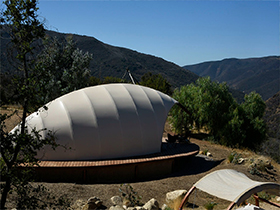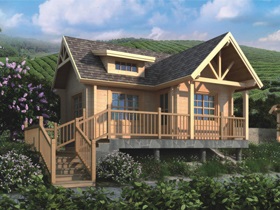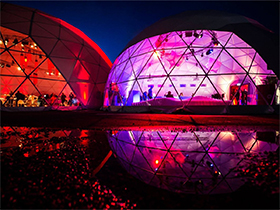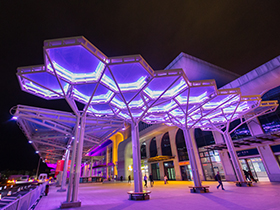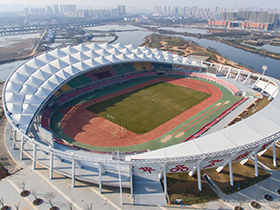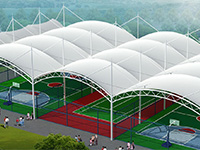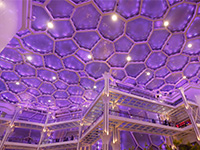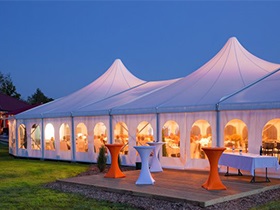Ontwerp en Fabrikant van de Professionele Trekmembraanstructuur
Met 10 jaar ervaring in de industrie van trekmembraanstructuren, hebben we met succes duizenden hoogwaardige spanningsmembraanbouwprojecten ontworpen, gebouwd, gebouwd en geïnstalleerd in 37 landen over de hele wereld. De trekstofstructuren die worden gebruikt als dakbedekking / luifel / schaduw / zeil / tent voor sportfaciliteiten, transportfaciliteiten, culturele voorzieningen, landschapsfaciliteiten, commerciële voorzieningen, rioolwaterzuiveringsinstallaties, biogasopslagtanks, luchtmembraanstructuren, membraanstructuurhotels, geodetische koepels, enz. Onze structuur voldoet aan de lokale en internationale normen voor wind- en sneeuwbelasting. We zullen nooit risico's nemen wanneer we onze klanten een gespannen membraanstructuur bieden die voldoet aan de wind- en sneeuwbelastingvereisten van elke regio of land.
-

Professionele fabrikant
Wij zijn gespecialiseerd in het leveren van een volledig scala aan services, van conceptontwerp tot en met de implementatie van een structuurstructuurproject.
-

Kwaliteitsservice
We bieden snelle, hoogwaardige en enthousiaste service en klanttevredenheid is onze belangrijkste prioriteit.
-
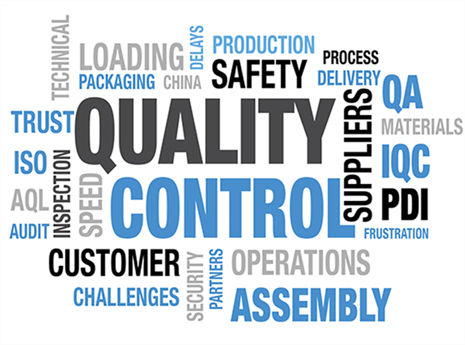
Bedrijfsvisie
Kwaliteit is de levensader van ons bedrijf. We hebben 0 breuktrekstructuur in onze projecten in de afgelopen 10 jaar.
Staalverwerkende Fabriek
De fabriek voor de verwerking van staalconstructies heeft een oppervlakte van 3.000 m2. Het heeft een CNC-snijmachine voor draadsnijden, afschuinmachines voor pijpbuigmachines en een afwerkingsworkshop met draaien, frezen, schaven en boren. De jaarlijkse verwerkingscapaciteit van de staalstructuur is 10.000 ton. Het heeft de kwalificatie van drie-niveau constructie van staalconstructie uitgegeven door de bevoegde afdeling van de bouw van de staat.
Stoffen Fabriek
De fabriek voor de verwerking van weefselmembranen heeft een oppervlakte van 5.000 m2, met een jaarlijkse productiecapaciteit van 200.000 m2 PTEF; een jaarlijkse productiecapaciteit van 100.000 m2 ETFE; en een jaarlijkse productiecapaciteit van 300.000 m2 PVC / PVDF. We hebben de kwalificatie van membraanstructuurontwerp en constructie ction uitgegeven door brancheorganisaties.
Nieuws centrum






Geodesic Dome Tents: A Visual Delight for Travelers Tensile Membrane Structures: Innovation, Aesthetics, and Performance What is a Tensile Fabric Structure? Why Load Analysis is Essential Over BDiR Inc.
BDIR Stage Membrane Structures: Redefining Event Spaces with Innovation
BDIR specializes in cutting-edge stage membrane structures that transform events into unforgettable experiences. Designed for global clients, our solutions blend architectural elegance with engineering precision, creating iconic spaces for concerts, exhibitions, festivals, and corporate events.

-
Sleek & Functional Design: Customizable shapes and sizes to match any theme or branding.
-
Durable Materials: High-performance PVC or PTFE membranes ensure weather resistance, UV protection, and long-term reliability.
-
Rapid Installation: Engineered for quick setup and dismantling, ideal for time-sensitive events.
-
Sustainability: Eco-friendly materials and energy-efficient designs align with modern green standards.

Global Applications
From open-air music festivals in Europe to luxury product launches in the Middle East, BDIR structures adapt seamlessly to diverse climates and cultural needs. Our projects have elevated events worldwide, offering both visual impact and practical functionality.

Partner with BDIR
Elevate your next event with a stage that captivates. Contact BDIR to explore bespoke membrane structure solutions tailored to your vision.

















